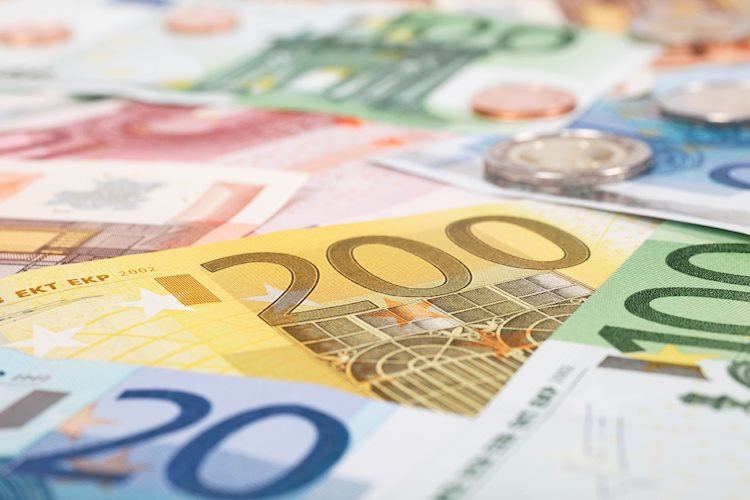The EUR/USD pair has seen a slight increase to around 1.0855 in the early Asian trading session on Thursday. This movement is supported by the weakening of the US Dollar as well as better-than-expected Eurozone GDP figures for the third quarter. The US economy grew at a rate of 2.8% in Q3, slightly lower than the estimated 3%. Additionally, private sector employment in the US increased by 233,000 jobs in October. The US Dollar index has retreated to weekly lows after reaching a recent high earlier in the week. Analysts are predicting a potential 25 basis points cut in interest rates during the November meeting, with uncertainty about another cut in December.
Eurozone economic data has also been positive, with the Eurozone GDP expanding by 0.4% QoQ in Q3 of 2024, surpassing market expectations. Investors are now focused on upcoming data releases such as the Eurozone Harmonized Index of Consumer Prices (HICP) and the US Personal Consumption Expenditures (PCE) – Price Index data. These releases are expected to provide further insights into the health of the Eurozone and the US economy, which could impact the direction of the EUR/USD pair in the near term.
The Euro is the currency for 19 European Union countries within the Eurozone and is the second most traded currency in the world after the US Dollar. The European Central Bank (ECB) in Frankfurt, Germany is responsible for setting interest rates and managing monetary policy for the Eurozone. ECB’s primary mandate is to maintain price stability by controlling inflation or stimulating growth through raising or lowering interest rates. Data releases such as Eurozone inflation data, GDP figures, and trade balance also play a crucial role in determining the strength of the Euro.
Eurozone inflation data, measured by the Harmonized Index of Consumer Prices (HICP), is a key indicator for the Euro. Higher than expected inflation rates could lead to the ECB raising interest rates to maintain price stability. Economic indicators such as GDP, manufacturing and services PMIs, employment data, and consumer sentiment surveys also impact the Euro’s strength. A strong economy attracts foreign investment and may lead to interest rate hikes, strengthening the Euro. The Trade Balance is another important indicator for the Euro, as a positive balance reflects strong exports and can strengthen the currency.
Overall, the EUR/USD pair is influenced by a combination of factors including economic data releases, central bank policies, and global market sentiment. The recent positive economic data from both the Eurozone and the US has provided support to the Euro, while the outlook for interest rate cuts in the US has weakened the US Dollar. Investors will be closely watching upcoming data releases to assess the health of the economies, which will likely impact the movements of the EUR/USD pair in the coming days.































